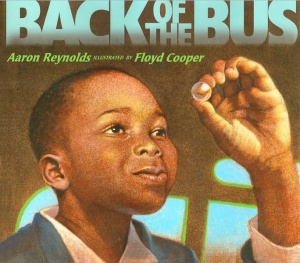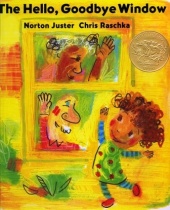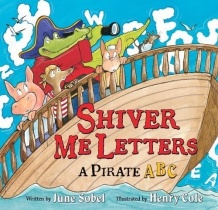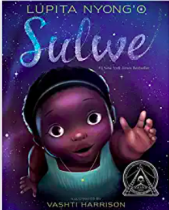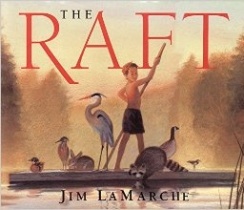Evaluation
Despite the fact that the illustrations were realistically portrayed and the text was captivating, my favorite part of this picture book was analyzing the metaphor of the marble that occurred throughout this piece. In the beginning of the story, the marble is insignificant, but as the situation escalates, the marble begins to play a larger part within the story. The marble represents peace and fairness, but it also represents self-esteem and individuality. Just as the little boy and his mother must sit in the back of the bus to remain hidden, so must the marble stay hidden when Mama realizes that something is wrong on the front of the bus. Yet, as Rosa Park is carried away in handcuffs, the sun shines down on the marble and the boy smiles. He says he smiles at the marble because, “He ain’t got to hide anymore.” Rosa Parks decided to fight for her rights. She realizes that she must show the world who she is. I would like to think that in that moment, the boy and his mama realize that they need to show the world who they are too.
One of the reasons why I loved this book so much was because the little boy who tells the story is extremely observant. He doesn't just historically describe what happened on the bus, but he tells the reader how he felt, how his mother felt and how Rosa Parks must have felt. He describes Rosa Park’s determination by describing the “lightening-like fire” in her eyes. He also notices that, after the arrest, his Mama’s eyes are also that same fiery color. I think the author wishes to show us that when one person decides to stand up for their rights, other individuals soon start to follow.
This would be an excellent book to read during the Civil Rights month at school. I also think it would be a creative idea to pretend that the classroom is a bus. You may even decide to rearrange you classroom without telling the students. For example, one day out of the week all students wearing blue would be forced to sit in the back row of the classroom. My Social Studies teacher created a demonstration such as this one in Middle School where we literally "acted-out" history for one week. My classmates and I still talk about how this episodic lesson changed the way we thought about that particular topic. In this case, the goal would be for the teacher to have the students act out this time period in history so they have an idea of how the African Americans were treated. You may even have your students write a letter to Rosa Parks and encourage the students to ask questions and think about how Rosa must have felt that day she was handcuffed by the police officers. Lastly, you may want to create a project that focuses on “then” and “now.” How have the times changed throughout history? Does racism still exist? If so, where have you seen it? What improvements (if any) have we made over the years? For older grades, you may have students interview someone who grew up during this time period. You may also gives students the option of creating a documentary on how far we have come, but also the things we could improve on as citizens of the United States.
